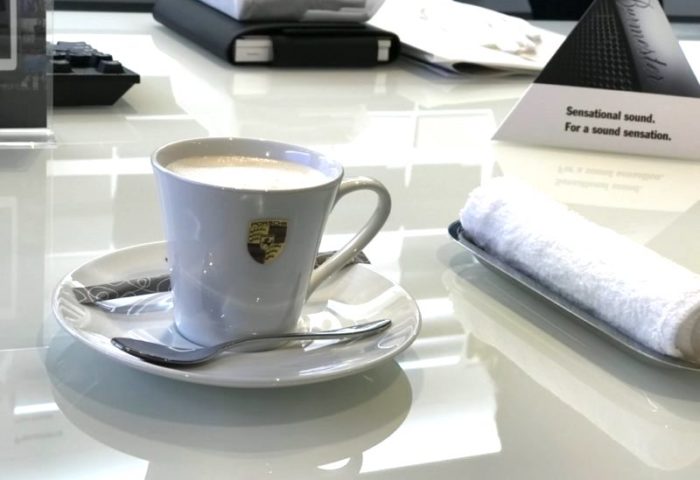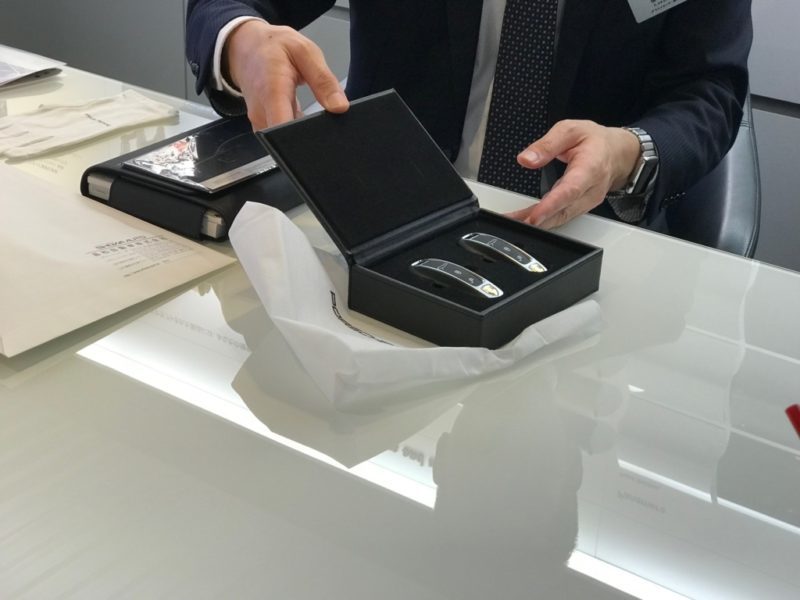How I Write My Blog Posts – Structure, Editing Tips, and More
公開日:2019.08.30

Easy-to-Read Articles?
When I meet blog readers, they sometimes say, “Your blog posts are so clear and easy to read—how do you write them?” or “Did you originally work in writing?”

But since I don’t really think deeply when writing articles, I usually respond with something like, “Well, I’ve been working in jobs that involve writing and talking for a long time… and I actually quite enjoy writing itself,” which isn’t much of an answer at all.
Then recently, I found out that a reader introduced this blog on their own blog (Exponential Life) with the phrase, “The writing style is light yet packed with information, like the Porsche of the blogging world.”
I’m truly humbled by such kind words… thank you so much…
So, taking this opportunity, I decided to organize my thoughts on how I write my articles.
First of all, I’m not good at reading printed text (…oops). I can read novels and manga fine, but newspapers and business books just don’t stick in my head. Because I struggle with reading dense text myself, I always try to write with the question in mind: “How can I make my writing easy to read, clear, and enjoyable?”
Today, I want to share the key points of how I write the type of articles I write most often, divided into two parts: “Structure” and “Editing.”
1. Using Rakugo as a Reference for Structure
First, about article structure (though it’s not anything too grand), I base mine on “Rakugo,” a traditional Japanese storytelling art.
At a previous workplace, there was a senior colleague who was excellent at presentations. One day, I asked him, “Why are you so good at speaking?” He replied, “I take inspiration from Rakugo.”
I think Rakugo is the ultimate presentation. With just the storyteller’s words, the audience feels as if they are experiencing the story right there with them. Without any images or monitors, the storyteller paints vivid scenes, makes you laugh, captivates you, and makes you feel like you’re watching a movie or drama. I was so impressed by this skill that ever since, I’ve consciously kept Rakugo in mind when I speak.
I thought, “Wow… I want to be able to tell stories or write in a way that lets people picture the scenes vividly too,” so I started listening to Rakugo a lot. Though it’s very deep and I never fully grasped its essence, I always hope to write in a way that gets closer to that style.
① Write in Story Form
For articles about experiences I’ve had (like event participation or touring), I often write them as a “story” from departure to returning home. For example, this article about the GT3 Touring delivery:
On the morning of the day, the dealer’s representative came to pick me up in a Cayenne, we arrived at the Porsche Center, my husband and I saw the GT3 for the first time with our own eyes, and then we went for the first drive — I wrote the story of that whole sequence.

I hope readers feel like they were “right there with us,” but since I write the whole flow, the articles tend to get quite long (lol).
② Write Freely Without Worrying About Form
Everyone has their own way, but for me, I don’t worry about form and just write everything out in one go. Even if the timeline is out of order or the Japanese sounds strange, I just get the big picture down as a rough draft.
If I try to write perfectly from the start, I suddenly can’t write anything at all.
③ Include Photos
It’s really hard to imagine scenes with words alone. Luckily, unlike Rakugo, blogs don’t have to rely solely on words, so I try to include photos that match the text as much as possible.
Speaking of which, when I attended the GT3 delivery in May, I took a ton of photos: Porsches displayed in the showroom, my husband signing documents, the dealer putting on gloves, riding the elevator, the coffee served, and so on…
Even photos I think, “There’s no way I’ll ever use this one lol” sometimes turn out to be surprisingly useful. Though, honestly, 90% end up discarded (laughs).

④ Add Dialogue
Rakugo often includes conversations between characters. These dialogues add vividness and make the story more interesting. So in this blog, I frequently insert conversations with my husband or the dealer.
For example, instead of writing,
“My husband told me to smooth out my accelerator work.”
I write,
My husband said, “Try paying more attention to your accelerator work. Don’t just switch it ON and OFF sharply—press and release it more gradually. That way, you’ll get less shift shock and your driving will be smoother.”
I purposely keep his Kansai dialect to make our conversations feel more real.
⑤ Aim for “One Laugh Per Article”
Having a funny moment in the text adds punch and enjoyment, so I try to write with the idea of “one laugh per article” in mind.
That said, I don’t have the skill to get big laughs like a professional Rakugo performer, and humor is subjective, so I know “what I find funny might not be funny to others.”
Also, there are quite a few articles where I get too serious and don’t include any laughs at all (lol).
Next page → Actually, editing is even harder!? My key editing points…
このブログが気に入ったらフォローしてね!


Comment ( 0 )
Trackbacks are closed.
No comments yet.